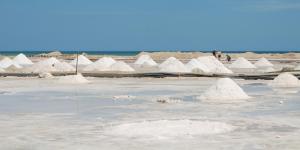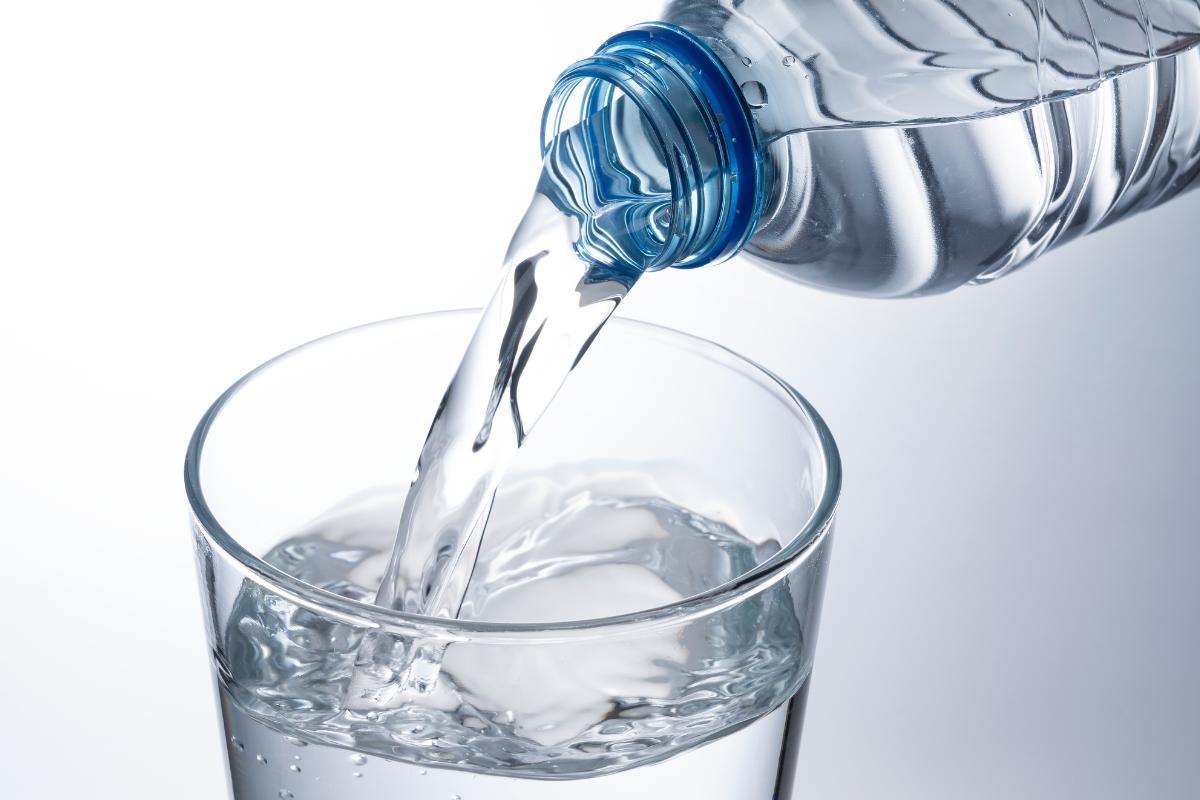What Are Total Dissolved Solids (TDS)?


Total Dissolved Solids (TDS) refer to the combined content of all inorganic and organic substances, including minerals, salts, metals, and other compounds, dissolved in a liquid—usually water. These particles are so small that they pass through a typical water filter, distinguishing them from suspended solids that can be filtered out. TDS is an important water quality parameter, as it directly impacts the taste, clarity, and purity of water. Understanding TDS levels is crucial because excessive amounts can affect everything from water's suitability for drinking to its use in agriculture, industrial processes, and aquatic ecosystems.
In the following article by thedailyECO, we explain what Total Dissolved Solids (TDS) are, how they are measured, and why they are important.
What is Total Dissolved Solids (TDS)?
The Total Dissolved Solids (TDS) in water is a measure of the total quantity of dissolved salts, minerals, and organic matter present in it.
The TDS level is influenced by several factors, including the geological nature of the water source, the characteristics of the terrain, the water flow, local precipitation, and temperature. Other natural phenomena, such as sediment runoff from rain or thawing ice, can also affect the TDS value.
These substances can be categorized into two main types:
Inorganic salts: these are primarily mineral salts that are naturally present in water. Some common examples include:
- Calcium (Ca)
- Magnesium (Mg)
- Potassium (K)
- Sodium (Na)
- Bicarbonates (HCO3-)
- Chlorides (Cl-)
- Sulfates (SO42-)
Organic substances: these are compounds derived from living organisms and can include:
- Pesticides
- Herbicides
- Other chemical residues
TDS is an essential concept in assessing natural mineral waters. Contrary to popular belief, it doesn't indicate water impurities, but rather the concentration of minerals dissolved in the water. A higher TDS value means that the water contains a greater quantity of dissolved minerals. All natural water sources have some level of TDS, and the mineral composition of each water source varies based on these levels.
In the case of drinking water, TDS levels can indicate its purity and quality. For industrial applications, high TDS levels can lead to scale buildup in pipes and equipment, reducing efficiency. When it comes to agriculture, moderate TDS levels can benefit crops by providing essential nutrients. However, excessive concentrations of salts and minerals in the water can damage soil quality, reducing agricultural productivity over time.
Curious about how particles in water can affect its quality? Dive deeper into the topic with our related article on water sedimentation.

How to measure Total Dissolved Solids (TDS)?
To measure the Total Dissolved Solids (TDS) in water, several standardized methods can be used under controlled conditions. One of the most common is the gravimetric method, which determines TDS by calculating the weight difference before and after evaporating a water sample. Here's how the process works:
- Using a pipette, take 25 mL of the water sample and transfer it to a pre-weighed, clean, and dry porcelain capsule.
- Place the sample in an oven heated to 180°C and leave it for 24 hours to ensure all the water evaporates, leaving behind the dissolved solids.
- After the evaporation period, remove the capsule and place it in a desiccator for around two hours. This prevents the reabsorption of moisture while allowing the capsule to cool to room temperature.
- Once cooled, weigh the capsule again. The difference between the initial and final weights represents the amount of dissolved solids in the water sample.
The concentration of dissolved solids is usually reported in mg/L (milligrams per liter) or ppm (parts per million), providing an essential measure of water quality.
Another common method for measuring TDS is electrical conductivity (EC). TDS meters measure the electrical conductivity of the water, which is directly related to the concentration of dissolved ions. Higher conductivity generally indicates higher TDS. To use a TDS meter, it must first be calibrated with a standard solution. Then, the conductivity probe is dipped into the water sample, and the meter displays the conductivity reading, which can be converted to TDS concentration using a calibration curve or built-in conversion factor.
While these are the most common methods for measuring TDS, other techniques such as refractometry and titration may be used in specific applications. The choice of method depends on factors like desired accuracy, speed, and ease of use.

What is a good level of Total Dissolved Solids (TDS)?
The recommended level of Total Dissolved Solids (TDS) in drinking water is generally up to 500 mg/L, according to guidelines set by organizations such as the World Health Organization (WHO).
This limit ensures that the water is safe, free from contaminants, and does not adversely affect its taste. However, TDS levels can vary depending on the source and mineral content of the water:
- Very low mineralization: water with a TDS of less than 50 mg/L. This type of water contains minimal minerals and is suitable for certain medical conditions requiring low mineral intake.
- Low mineralization: TDS levels below 500 mg/L. These waters are generally considered good for consumption but are often recommended for people with specific health conditions, such as kidney disease. It’s important to check which minerals are present and in what concentrations.
- Medium mineralization: water with TDS between 500 and 1500 mg/L. While still safe for general consumption, waters with this mineral content may have a noticeable taste and are less suitable for people with conditions like hypertension.
- High mineralization: TDS levels above 1500 mg/L. Such waters are not recommended for daily consumption due to their high salt content, which can lead to health issues like hypertension or kidney stones, and they may impart a salty or metallic taste to the water.
In this other article, we take a closer look at the diverse bodies of water that shape our planet.
What's the difference between TDS and suspended solids?
Total Dissolved Solids (TDS) and Suspended Solids are both measures of water quality, but they represent different aspects of the dissolved and particulate matter in water.
- Suspended Solids: these are particles that are not dissolved in the water and can be removed through filtration. They are larger than dissolved particles and can be seen as visible particles or turbidity in the water. Examples of suspended solids include dirt, sand, algae, and bacteria.
- Total Dissolved Solids (TDS): these are substances that are dissolved in the water and cannot be removed through simple filtration. They are smaller than suspended solids and are invisible to the naked eye. Examples of TDS include salts, minerals, and organic compounds.
Did you know that water stress can affect entire ecosystems? Discover how this issue ties into water quality in our other article.
If you want to read similar articles to What Are Total Dissolved Solids (TDS)?, we recommend you visit our Environment (other) category.
- Canelo., DN (2018) General chemical indicators of the quality of water for human consumption. Available at: https://riull.ull.es/xmlui/bitstream/handle/915/10635/Indicadores%20quimicos%20generales%20de%20calidad%20de%20las%20aguas%20de%20consumo%20humano..pdf?sequence=1&isAllowed=y
- World Health Organization (WHO). Available at: https://www.who.int/en







